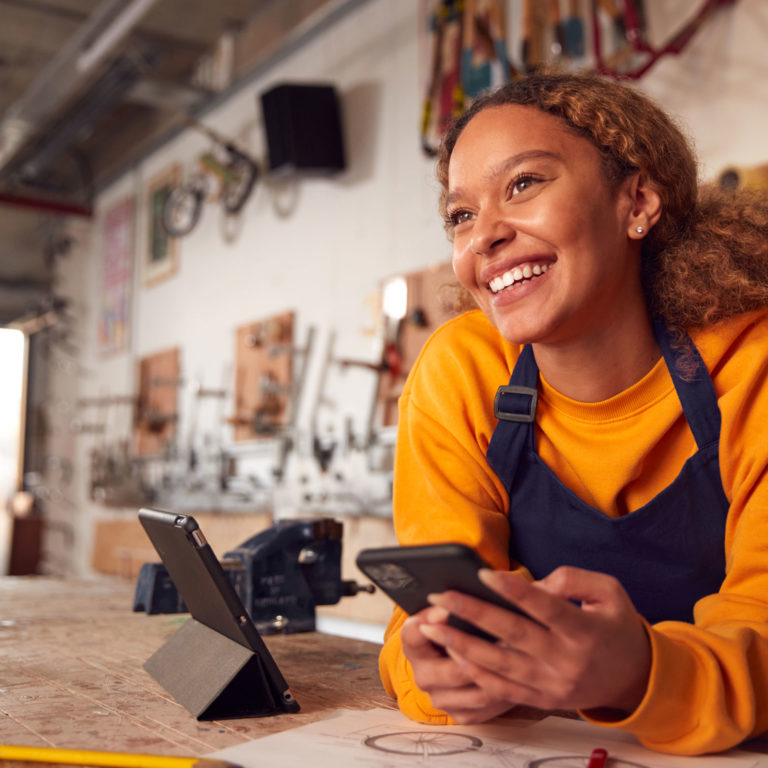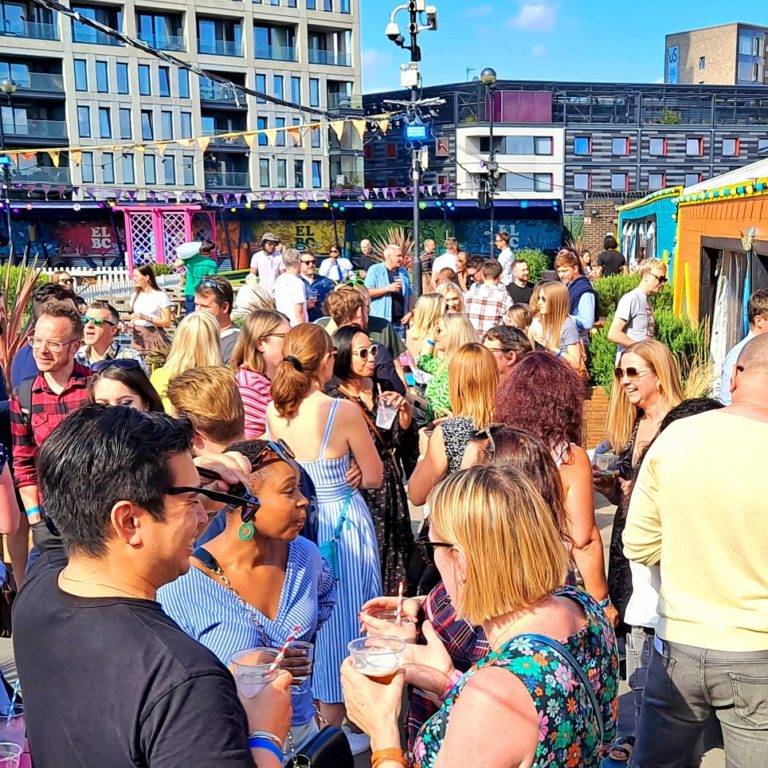

Coronavirus weekly tracker: May 21st 2020
Four practical ways to sustain customer interest during an extended lockdown
Days out are seen as a top priority post-lockdown, with 41% of the UK citing this as one of the things they are most looking forward to.
It’s been almost eight weeks since leisure and cultural venues have had to shut their doors. Despite being unlikely to open soon, data from Savanta’s weekly COVID-19 tracker shows that days out are seen a top priority post-lockdown, with 41% of the UK population citing ‘having a day out’ as one of the things they are most looking forward to. However, they might not be top of mind as financial worries in households remain strong, with 48% stating that their household disposable income has decreased since the beginning of the crisis.
This is obviously a real concern for the entertainment and culture industry. Analysis by ArtsProfessional suggests that venue closure could cost over £1million a day to the sector and a survey by Consultancy TRG Arts found that advance ticket sales and income earned by 196 venues on March 17 – the day the Government announced the closure of pubs, restaurants and live performance venues – was down 92% on the same date last year.
Besides the lost ticketing and merchandising revenue, the longer the crisis lasts, the more strain it will put on memberships and annual passes revenue as users will consider their value going forward. Our COVID-19 tracker data shows that about a third of those owning a membership or annual pass from a leisure, cultural or heritage organisation claim to have already cancelled or not renewed their membership. Many more are considering doing so in the future, with arts and leisure organisations more at risk than heritage and museums, most probably because of the different make up of their audiences and the different reasons for taking the memberships in the first place (practical and financial drivers vs. more emotional and charitable drivers).
Venues are, however, engaging with audiences in a variety of ways to ensure they stay front of mind during these uncertain times and keep their audiences engaged:
1. Many organisations of all sizes are trying to re-programme events for later in the year or next year, encouraging people to retain their tickets as a way to keep them engaged but also to avoid very challenging cash flow situations.
2. As visitors or participants, we often forget that many organisations in the sector are not-for-profit organisations. They often rely on mixed revenue from ticketing and merchandising as well as subsidies from Arts Councils or the National Lottery Heritage Fund, for example. With a sharp decrease in ticket sales and memberships revenue in the balance, it is no surprise that many have increased their fundraising activities – from adding a more prominent ‘donate’ button and messages on their website homepage to more targeted email and marketing campaigns.
And these activities appear to have paid off, with 11% claiming they have donated to a cultural organisation since lockdown. Now more than ever, cultural and heritage organisations need to communicate about their charitable status and the positive impact of art and culture on wellbeing to keep engagement level high.
3. Streaming of live performances and updates on social media have also ensured engagement levels remain high. Almost half of the UK population say they have engaged with cultural organisations since lockdown (watching streamed content and following venues and organisations on social media are the most used channels, with 13% of the UK population engaging with cultural organisations in that way during lockdown), with many organisations being quick to respond.
With the Royal Albert Hall launching its Royal Albert Home session early April and the Barbican offering live streams followed by Instagram Q&As, it’s never been so easy to watch performing art. You only need to look at the listings on the rebranded ‘Time In’ to see how organisations – big and small – have embraced digital channels to keep in touch with their existing audiences but also, potentially, reach new ones.
4. Likewise, museums and heritage organisations have been very creative and produced or given easier access to content aimed at educating, inspiring and entertaining – a useful source of content for parents, with 1 in 5 having accessed educational resource in this way. The British Museum launched a revamp of its online collection, with over four million objects including over 1.9m photographs, made available.
The project launch was brought forward in light of the lockdown to help engage wider audiences. The project incorporates high levels of technology to maximise viewing of objects, with enhanced viewing filters to enable greater search capabilities. Alva’s data from late March show a dramatic increase in traffic to museum websites, with visits to the National Gallery virtual tour pages showing a 1144% increase in traffic compared to last year.
The leisure sector landscape is a complex one and what works for one organisation might not for everybody as offering and audiences are so diverse. However, it is clear that those organisations which understand their audiences’ needs and preferences during these unprecedented times and which can sustain engagement during lockdown will have a strong head start when venues are able to open again.
This article originally appeared in Entirely Leisure
Get in touch to find out more about our coronavirus trackers or how we can organisations in the sports and leisure industry








